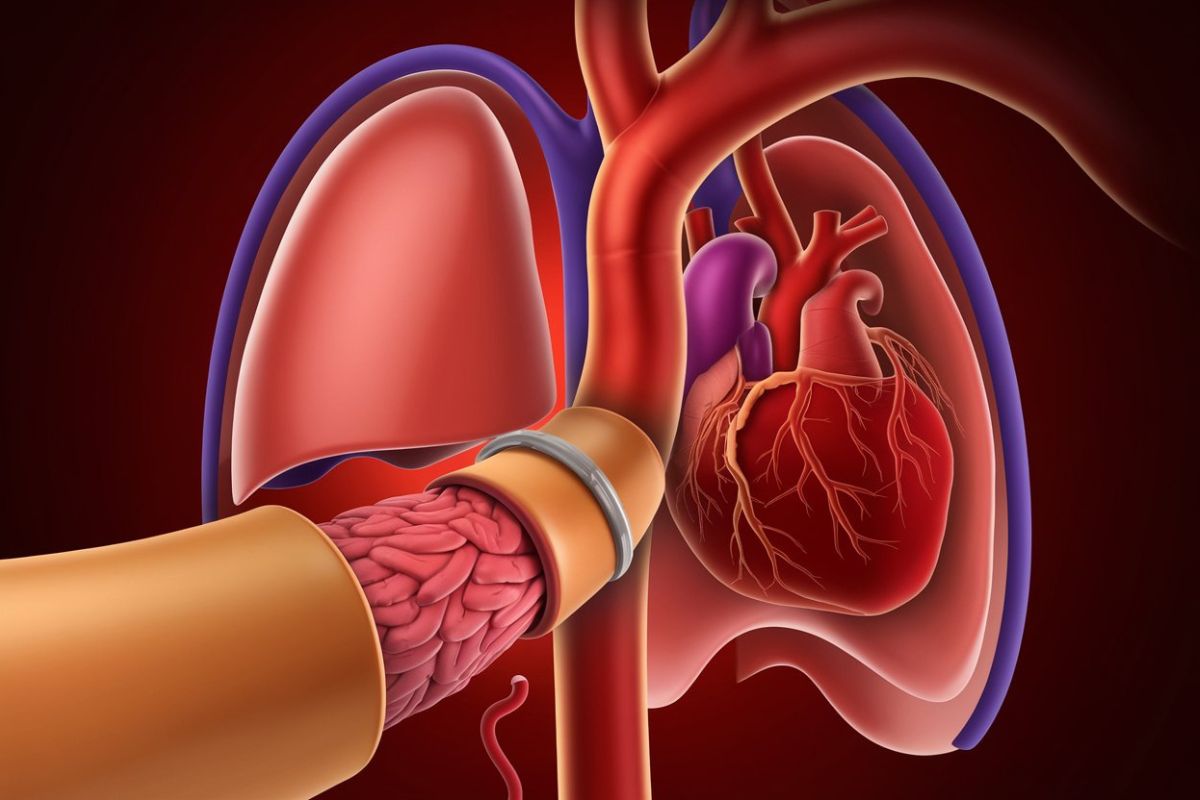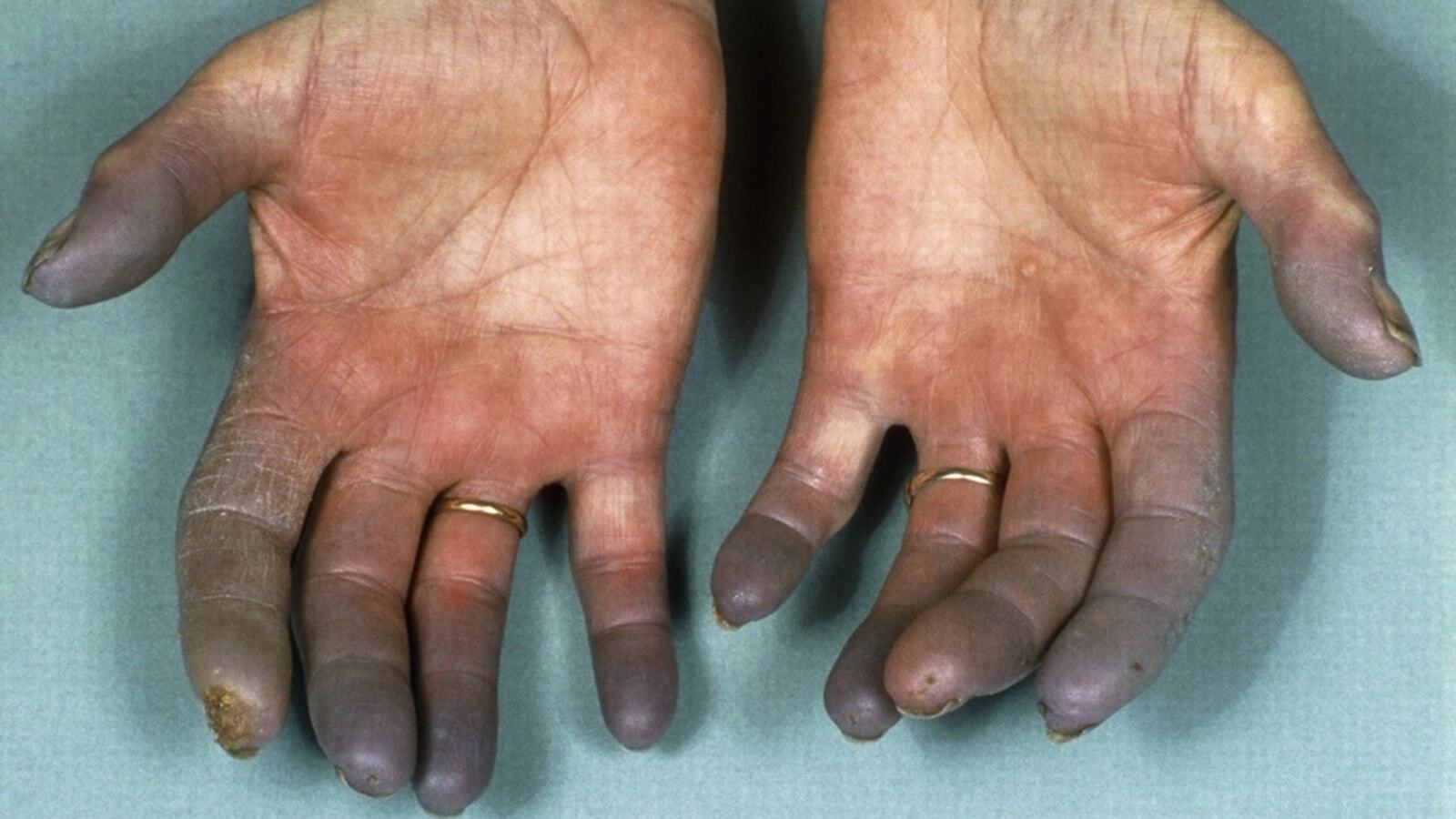
Cardiospasm, also known as achalasia, is a rare disorder affecting the esophagus. This condition makes it hard for the lower esophageal sphincter (LES) to relax, causing difficulty swallowing, chest pain, and food regurgitation. Imagine trying to eat but feeling like food gets stuck in your chest. That's what people with cardiospasm experience. This disorder can be tricky to diagnose and treat, often requiring a mix of clinical evaluations, radiographic imaging, and sometimes endoscopic procedures. Treatments range from dilatation techniques to surgical interventions. Understanding cardiospasm is crucial for managing symptoms and improving quality of life for those affected.
Key Takeaways:
- Cardiospasm, also known as achalasia, is a rare disorder affecting the esophagus, causing difficulty in swallowing and regurgitation of food. Treatment options include dilatation and surgical procedures, with success rates varying among patients.
- Ongoing research in cardiospasm aims to improve understanding and treatment, offering hope for better patient outcomes. Future directions include developing new therapeutic strategies and advanced imaging techniques like high-resolution manometry.
What is Cardiospasm?
Cardiospasm, also known as achalasia, is a rare disorder affecting the esophagus. It primarily involves the lower esophageal sphincter (LES), which fails to relax properly, causing swallowing difficulties. Let's explore some key facts about this condition.
- Cardiospasm, or achalasia, is a rare disorder of the esophagus.
- The lower esophageal sphincter (LES) fails to relax properly in this condition.
- This failure is often due to the degeneration of nerve cells in the esophagus.
Symptoms of Cardiospasm
The symptoms of cardiospasm can be quite distressing and significantly impact daily life. Here are the main symptoms associated with this condition.
- Difficulty swallowing (dysphagia) is the primary symptom.
- Regurgitation of food is common in individuals with cardiospasm.
- Chest pain often accompanies the other symptoms.
- Dysphagia can be intermittent, occurring at various times.
- Initially, patients may feel a sense of obstruction under the lower end of the sternum.
Diagnosing Cardiospasm
Diagnosing cardiospasm involves several methods to confirm the condition. These diagnostic criteria help distinguish it from other esophageal disorders.
- Clinical evaluation is the first step in diagnosing cardiospasm.
- Radiographic imaging shows symmetrical narrowing of the lower esophagus with dilatation above.
- Endoscopic procedures may be used to assess the esophagus and LES.
Stages of Cardiospasm
Cardiospasm progresses through distinct stages, each with its own set of symptoms and complications.
- Stage one: Cardiospasm without regurgitation of food.
- Stage two: Cardiospasm with immediate regurgitation of food.
- Stage three: Cardiospasm with a dilated esophagus.
Historical Context
Understanding the historical context of cardiospasm can provide insight into how the condition has been perceived and treated over time.
- The term "cardiospasm" was first introduced by Mikulicz in 1888.
- Various terms have been used to describe this condition, including achalasia of the esophagus and megalo-esophagus.
Treatment Options for Cardiospasm
Several treatment options are available for managing cardiospasm, each with varying degrees of success.
- Hydrostatic dilatation involves using a hydrostatic dilator to stretch the LES.
- Mechanical dilatation uses sounds to dilate the LES.
- The Mikulicz operation is a surgical procedure involving manual dilatation of the cardia through a gastrostomy.
Success Rates and Complications
Treatment success rates and potential complications are important considerations for patients and healthcare providers.
- At the Mayo Clinic, 71% of patients who underwent dilatation were completely relieved of their symptoms.
- Repeated dilatations may be necessary for some patients.
- Complications can include esophageal rupture, aspiration pneumonia, and malnutrition.
Differential Diagnosis
Differentiating cardiospasm from other esophageal disorders is crucial for accurate diagnosis and treatment.
- Cardiospasm must be distinguished from other forms of esophageal obstruction.
- The duration of symptoms and specific characteristics help differentiate it from other conditions like scleroderma.
Future Directions in Cardiospasm Research
Ongoing research aims to improve the understanding and treatment of cardiospasm, offering hope for better patient outcomes.
- Future directions include developing new therapeutic strategies and advanced imaging techniques like high-resolution manometry.
Final Thoughts on Cardiospasm
Cardiospasm, or achalasia, is a rare but impactful disorder of the esophagus. It messes with the lower esophageal sphincter (LES), making swallowing a real challenge. Symptoms like dysphagia, regurgitation, and chest pain can seriously affect daily life. Diagnosis often involves radiographic imaging and endoscopic procedures. Treatment options range from hydrostatic and mechanical dilatation to surgical interventions like the Mikulicz operation. Success rates are promising, but some folks might need repeated treatments. Complications can include esophageal rupture and aspiration pneumonia, so proper management is key. Dietary modifications and lifestyle changes can help manage symptoms. With ongoing research and advanced imaging techniques, there's hope for better treatments and improved outcomes. Understanding this condition is crucial for those affected, offering a path to better management and a higher quality of life.
Frequently Asked Questions
Was this page helpful?
Our commitment to delivering trustworthy and engaging content is at the heart of what we do. Each fact on our site is contributed by real users like you, bringing a wealth of diverse insights and information. To ensure the highest standards of accuracy and reliability, our dedicated editors meticulously review each submission. This process guarantees that the facts we share are not only fascinating but also credible. Trust in our commitment to quality and authenticity as you explore and learn with us.


